Five Reasons Why Cooperation Between SMA and Danfoss Promises Success
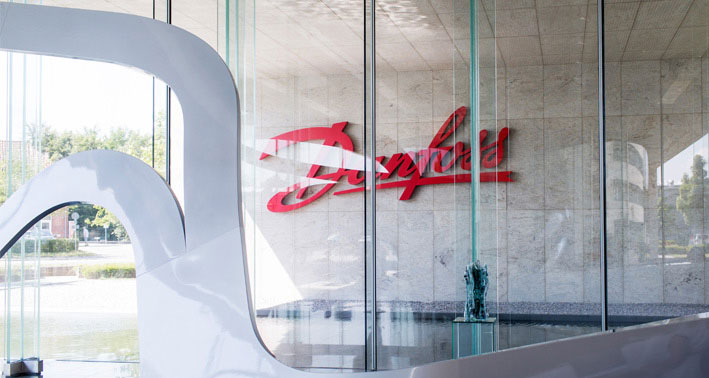
If you look through children’s books around Christmas, you often come across images of hardworking elves making toys and wrapping gifts before the big day. They are busy packing and painting, baking and decorating. I thought of these pictures when I learned of the dedication and interest that countless employees are working with to integrate Danfoss into the SMA processes.
Of course, this is more than a Christmas tale. It is hard work and the reason for doing it is clear: saving costs in today’s difficult market environment.
The cooperation with Danfoss offers the best chance to achieve this goal. Here’s why the cooperation between SMA and Danfoss is so promising:
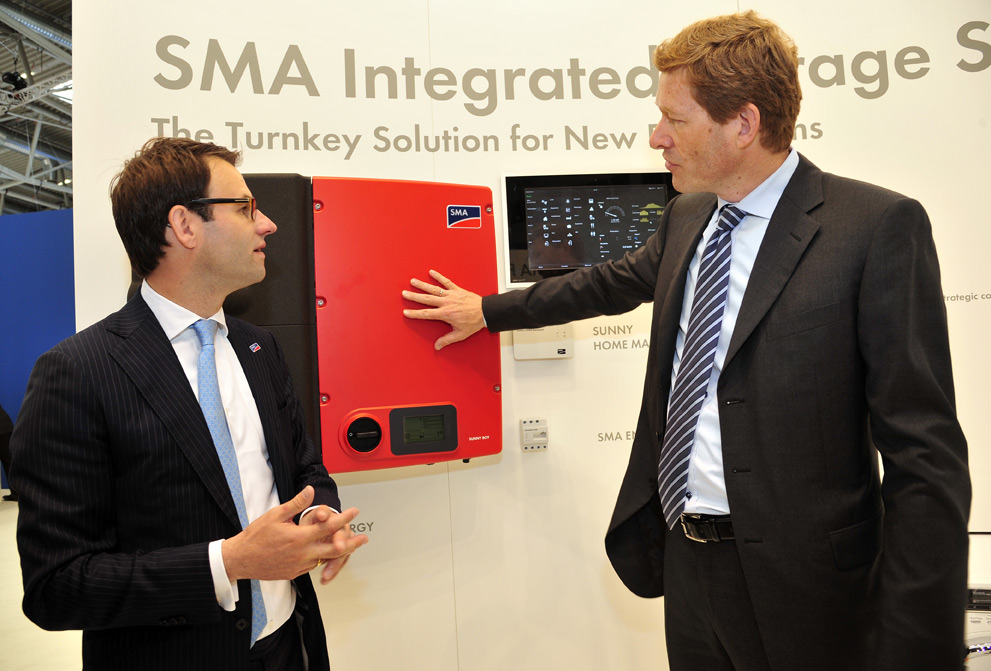
Niels B. Christiansen, CEO of Danfoss (right), in discussion with Pierre-Pascal Urbon, CEO of SMA at Intersolar 2014
1) A shared corporate culture creates a bond
For successful cooperation, it is essential that both partners hold similar values. At Danfoss and SMA, this is a perfect fit. Danfoss and SMA were both set up by families and still remain entirely or largely in the hands of the founders’ families. “Something like that shapes the corporate culture and makes collaboration and mutual understanding easier,” explained Sune Sondergaard, the project manager responsible for the integration. In addition, there is a shared appreciation for using resources sparingly and offering energy-efficient solutions.
2) Confidence in the solar sector
Although Danfoss is withdrawing from being actively involved in the inverter business and sees its operating strengths in heating and cooling technology, this definitely does not mean that the Danes have no confidence in the solar sector. On the contrary, the best evidence for Danfoss’ “yes” to solar is the purchase of 20 percent of SMA’s shares at the beginning of the strategic partnership. Since then, Danfoss has been an anchor investor lending SMA additional stability.
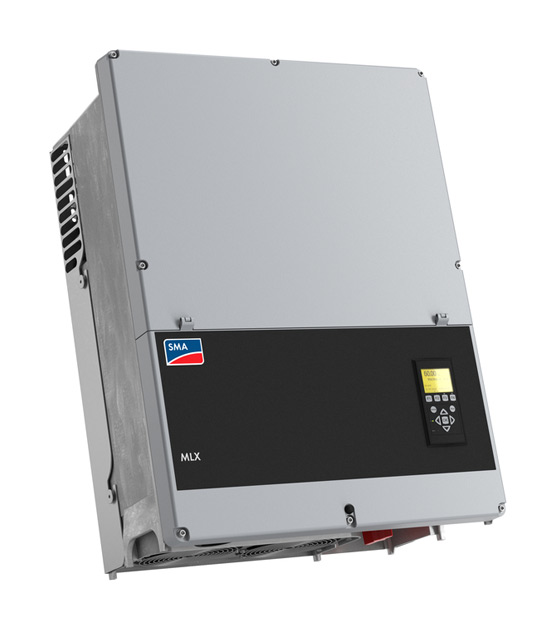
The MLX 60 is suitable for commercial solar systems. It is one of the new inverters which completes the SMA product portfolio
3) Common strengths bring competitive advantages
When the partnership began in May 2014, the most important thing was to learn from each other. For SMA, it was particularly important to use Danfoss’ expertise in automated drives and to transfer it to PV inverters. Sune Sondergaard also sees great potential synergy here, because he knows from his time at Danfoss that his former employer has already applied this expertise to its own PV inverters.
4) Investment and cost savings through division of labor
While SMA has taken over the inverter business and thus the marketing of the former Danfoss products, they will still be manufactured in Nordborg—built to order by Danfoss. The company will also support SMA in the development of the products and provide resources. Because of the cutthroat competition on the market for automated drives, years ago Danfoss began focusing its strategy on continuous cost reduction through innovation. Therefore, SMA can also benefit from the Danes’ research and development know-how and exploit further synergies.
5) Stronger together—using economies of scale
An important mainstay of the strategic partnership is the cooperation on purchasing. Together, both partners achieve a bigger purchasing volume. This is especially important because the market for PV inverters is dominated by fierce competition where company size plays a crucial role. Since August, purchasing has been negotiated jointly and the first successes are visible. The first negotiations have already saved significant amounts of money from the purchasing cooperation alone.
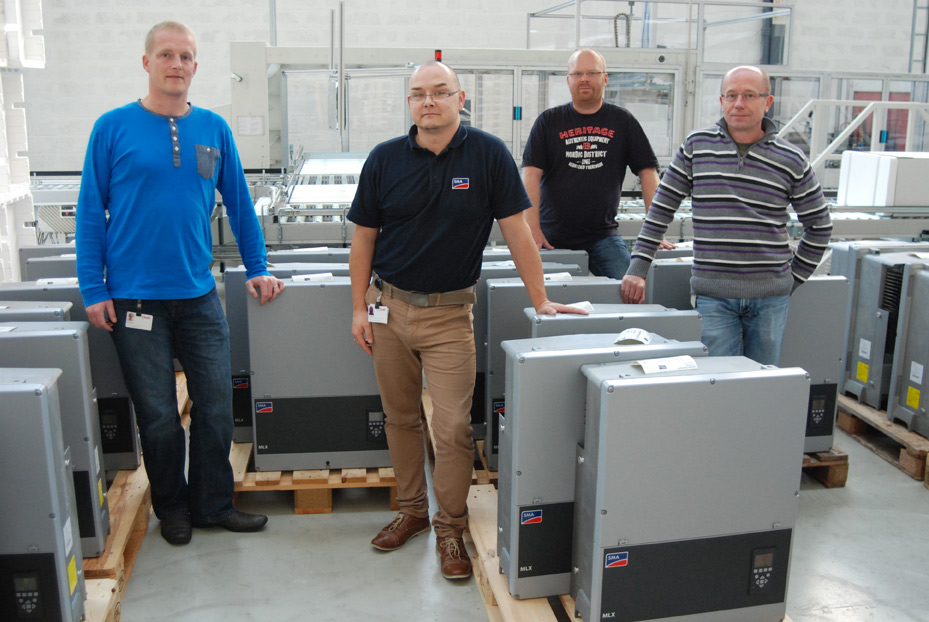
Promising partnership: my colleague Sven Lippert among service colleagues of Danfoss at his visit in Denmark this year.
Conclusion
Although SMA and Danfoss are different sizes and have different product portfolios, we have similar values and corporate cultures. The last few months have shown that the collaboration is very productive and profitable for both companies. A promising partnership on equal footing that works.
Until the Christmas break, the hardworking teams will have their hands full before taking a breath and gathering their strength to continue advancing the partnership next year.
Product information about MLX 60
Press release about the cooperation assignment
Source (picture above): Danfoss

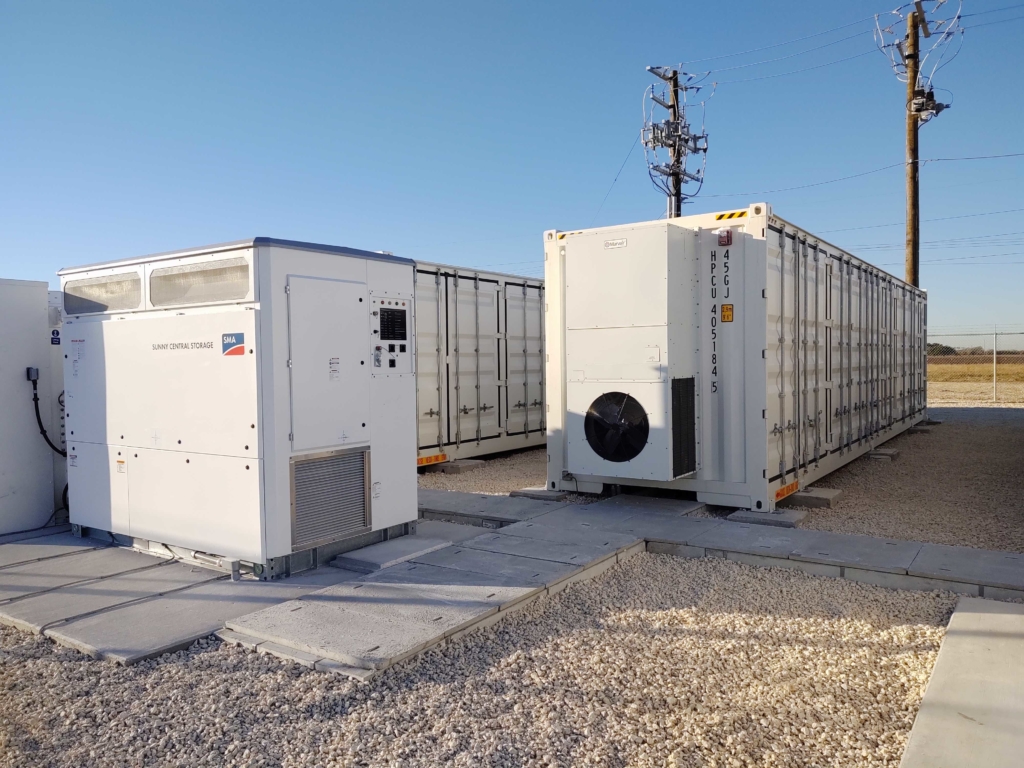
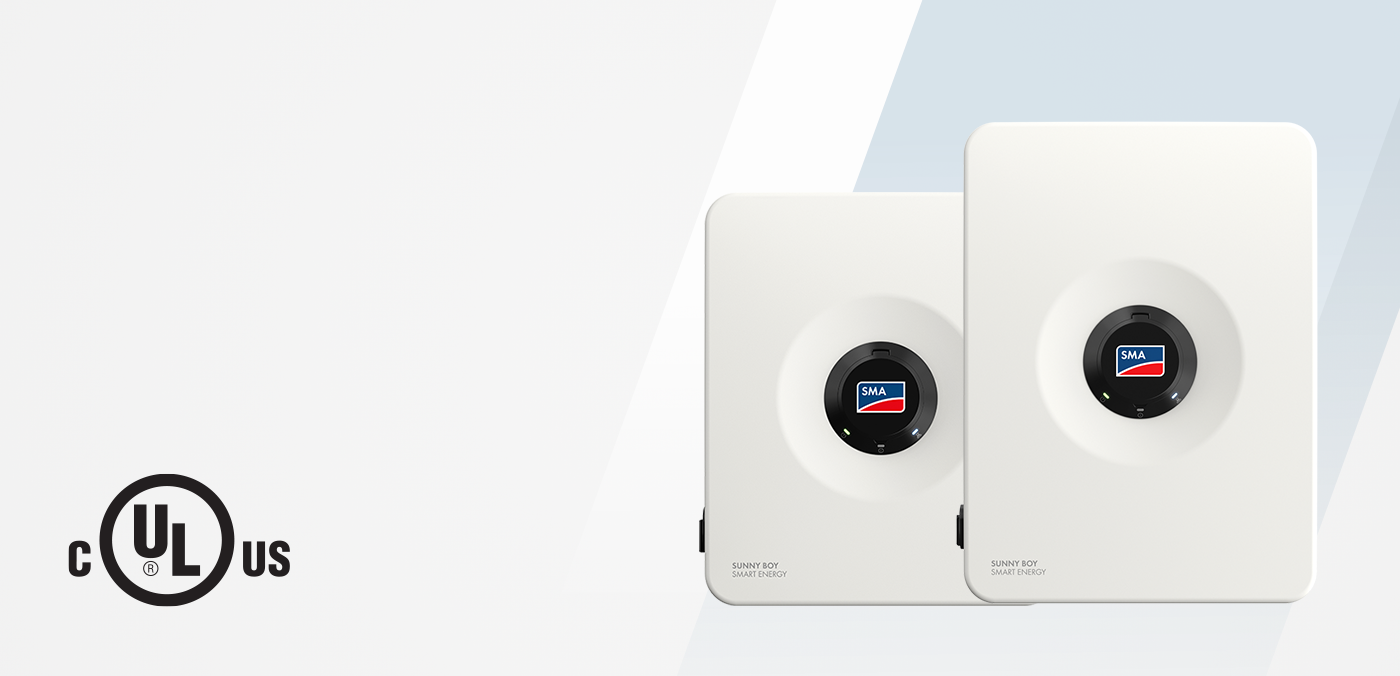

Feel free to contribute!